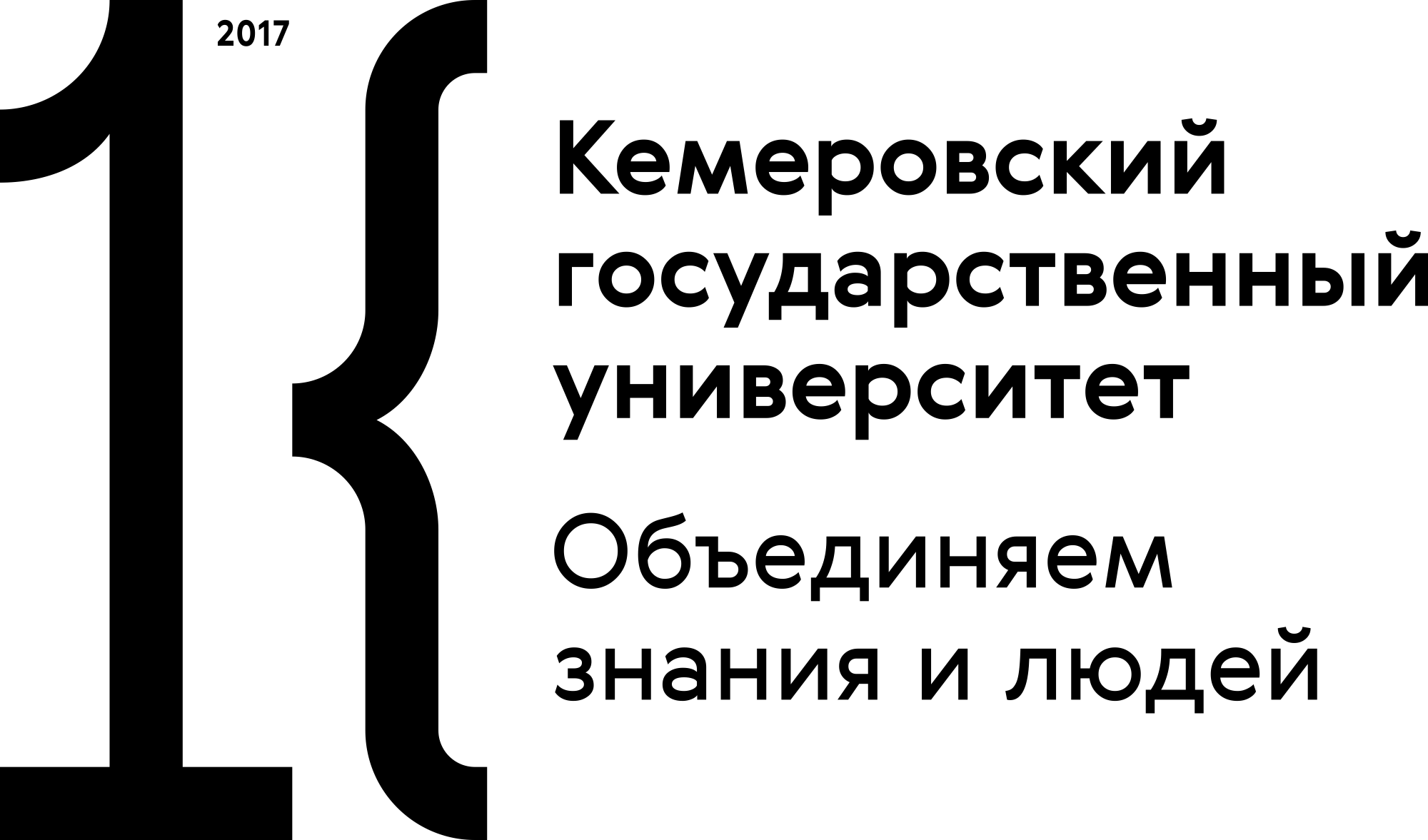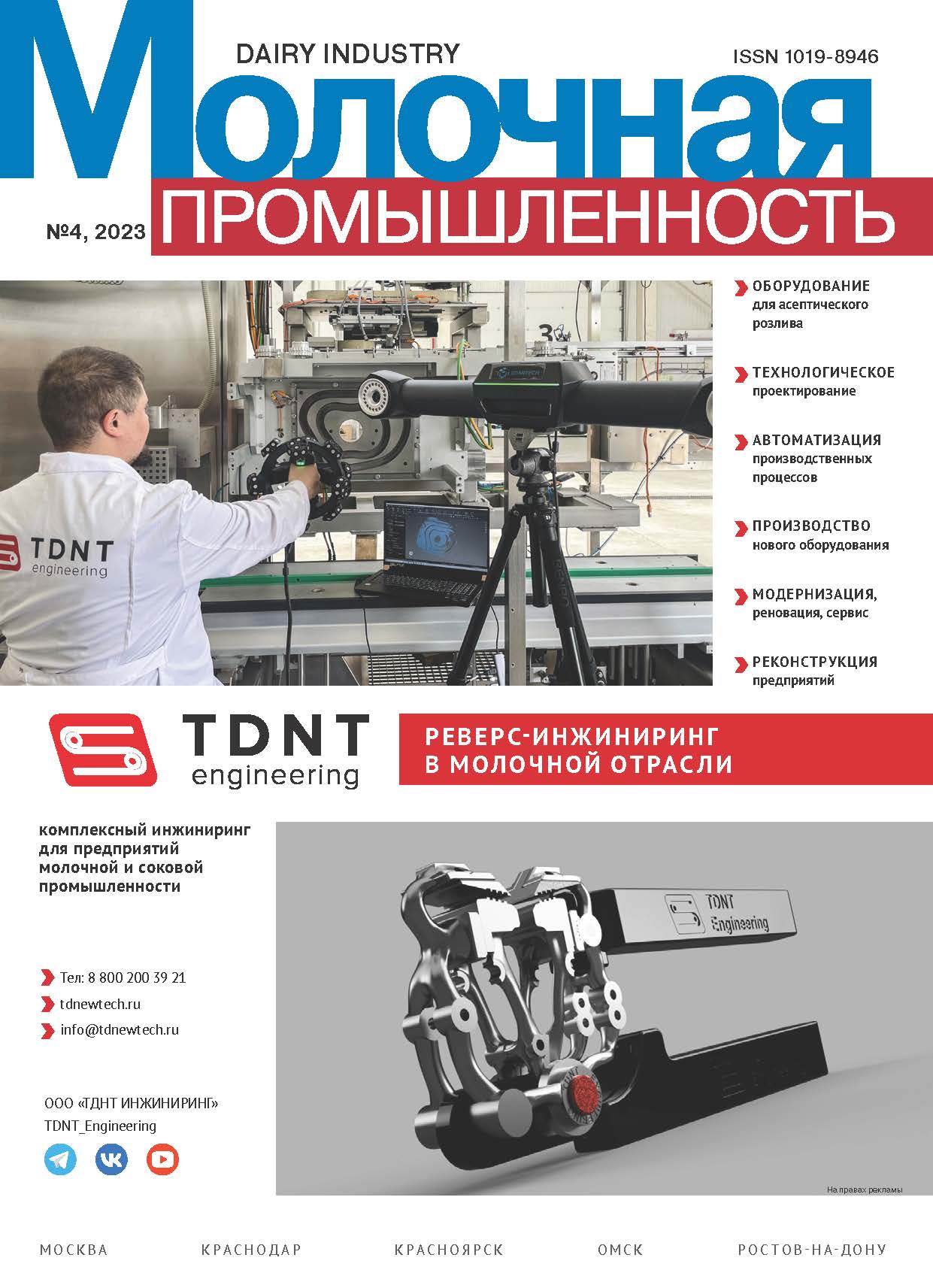Moscow, Russian Federation
It is possible to regulate the foaming properties of whey proteins with the help of their enzymatic processing. In the literature there is evidence of a tendency to increase the density of β-lactoglobulin solutions hydrolyzed with trypsin or subtilisin with an increase in the duration of proteolysis, unlike pepsin hydrolysates. The most stable foams based on a 3,4 % solution of β-lactoglobulin were obtained by proteolysis with pepsin under pH-stating conditions at 7,5 units. and 60 °C for 5 minutes. In another study, fungal protease at 45 °C (pH 7,6) and papain at 45 °C (pH 6,2) were used for hydrolysis of 10 % solutions of whey protein concentrates. Enzymatic treatment with fungal protease resulted an increase in foaming capacity during hydrolysis up to 40 min and 20 min when using papain, but foam stability decreased in all samples. Proteolysis of a 4 % solution of whey isolate with subsequent formation of protein fibers at 55 °C and pH 7,7 is described. for 5 hours using the enzyme preparation «Corolase N». Fibrillated proteins based on non-hydrolyzed protein had the best foam stability, and hydrolyzed proteins had the highest values of foaming ability. From the point of view of obtaining resistant foams, it is of interest to use compositions of native and hydrolyzed proteins.
whey proteins, hydrolysis, enzymes, foams, foaming properties
1. Zobkova, Z. S. Izuchenie funkcional'nyh svoystv obogaschennogo tvorozhnogo produkta / Z. S. Zobkova [i dr.]// Pischevaya promyshlennost'. 2020. № 3. S. 23-28.
2. Fedotova, O. B. Razrabotki VNIMI v oblasti sozdaniya novogo pokoleniya funkcional'nyh produktov / O. B. Fedotova// Aktual'nye problemy molochnoy otrasli. Mezhdunarodnaya molochnaya nedelya [sb.] / [sost. VNIIMS]. - Uglich, 2016. S. 15-18.
3. Donskaya, G. A. Napitki kislomolochnye s povyshennym soderzhaniem syvorotochnyh belkov i vodorastvorimyh antioksidantov / G. A. Donskaya, V. M. Drozhzhin, V. V. Bryzgalina// Vestnik Murmanskogo gosudarstvennogo tehnicheskogo universiteta. 2018. T. 21. № 3. S. 471-480.
4. Prosekov, A. Yu. Penoobrazuyuschaya sposobnost' vosstanovlennogo cel'nogo moloka / A. Yu. Prosekov, T. V. Podlegaeva, R. S. Novikov// Izvestiya vysshih uchebnyh zavedeniy. Pischevaya tehnologiya. 2001. № 5-6. S. 39-40.
5. Prosekov, A. Yu. Teoreticheskoe obosnovanie i tehnologicheskie principy formirovaniya molochnyh penoobraznyh dispersnyh sistem: dis. - Kemerovo: [Kemer. tehnol. in-t pischevoy prom-sti], 2004.
6. Ostroumova, T. L. Vliyanie belkovyh veschestv na penoobrazuyuschie svoystva moloka / T. L. Ostroumova, A. Yu. Prosekov// Izvestiya vysshih uchebnyh zavedeniy. Pischevaya tehnologiya. 2007. №. 2. S. 43-46.
7. Ma, S. Changes in structure and antioxidant activity of β-lactoglobulin by ultrasound and enzymatic treatment / S. Ma, S. Wang, M. Guo// Ultrasonics Sonochemistry. 2018. Vol. 43. P. 227-236.
8. Leeb, E. Tryptic hydrolysis of β-lactoglobulin: A generic approach to describe the hydrolysis kinetic and release of peptides / E. Leeb [et al.]// International Dairy Journal. 2020. Vol. 105. P. 104666.
9. Pein, D. Peptic treatment of beta-lactoglobulin improves foaming properties substantially / D. Pein, I. Clawin-Rädecker, P. C. Lorenzen// Journal of Food Processing and Preservation. 2018. Vol. 42. № 3. R. e13543.
10. Borcherding, K. Effect of protein content, casein - whey protein ratio and pH value on the foaming properties of skimmed milk / K. Borcherding, P. C. H. R.Lorenzen, W. Hoffmann// International journal of dairy technology. 2009. Vol. 62. № 2. R. 161-169.
11. Ostroumova, T. L. Tehnologicheskie svoystva belkovyh koncentratov / T. L. Ostroumova, A. G. Galstyan, I. Yu. Trifonov, S. A. Ravnyushkin [i dr.]// Syrodelie i maslodelie. 2007. № 2. S. 53-55.
12. Sinha, R. Whey protein hydrolysate: Functional properties, nutritional quality and utilization in beverage formulation / R. Sinha// Food Chemistry. 2007. Vol. 101. № 4. R. 1484-1491.
13. Chihi, M. L. Heat-induced soluble protein aggregates from mixed pea globulins and β-lactoglobulin / M. L. Chihi [et al.]// Journal of Agricultural and Food Chemistry. 2016. Vol. 64. №. 13. R. 2780-2791.
14. Bhagya, S. Effect of different methods of drying on the functional properties of enzyme treated groundnut flour / S. Bhagya, K. S. Srinivasan// Lebensmittel Wissenschaft und Technologie. 1989. Vol. 22. № 6. R. 329-333.
15. Schröder, A. Interfacial properties of whey protein and whey protein hydrolysates and their influence on O / W emulsion stability / A. Schröder [et al.]// Food Hydrocolloids. 2017. Vol. 73. R. 129-140.
16. Tamm, F. Impact of enzymatic hydrolysis on the interfacial rheology of whey protein / pectin interfacial layers at the oil / water-interface / F. Tamm, S. Drusch// Food Hydrocolloids. 2017. Vol. 63. R. 8-18.
17. Zhang, X. Covalent conjugation of whey protein isolate hydrolysates and galactose through Maillard reaction to improve the functional properties and antioxidant activity / X. Zhang [et al.]// International Dairy Journal. 2020. Vol. 102. R. 104584.
18. Loveday, S. M. Whey protein nanofibrils: The environment-morphology-functionality relationship in lyophilization, rehydration, and seeding / S. M. Loveday [et al.]// Journal of Agricultural and Food Chemistry. 2012. Vol. 60. № 20. R. 5229-5236.
19. Mohammadian, M. Characterization of fibrillated antioxidant whey protein hydrolysate and comparison with fibrillated protein solution / M. Mohammadian, A. Madadlou// Food Hydrocolloids. 2016. Vol. 52. R. 221-230.
20. Oboroceanu, D. Fibrillization of whey proteins improves foaming capacity and foam stability at low protein concentrations / D. Oboroceanu [et al.]// Journal of Food Engineering. 2014. Vol. 121. R. 102-111.






